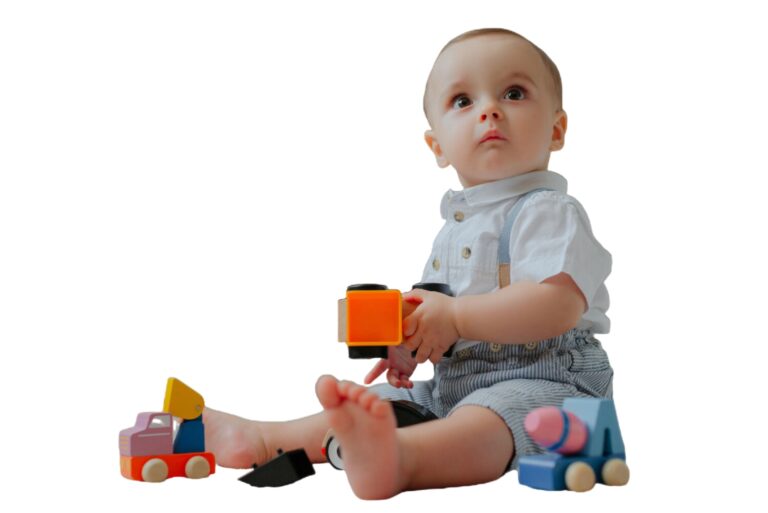Muscular Dystrophy in children
Muscular dystrophy (MD) refers to a group of genetic disorders that primarily affect the muscles, leading to muscle weakness, muscle wasting, and progressive loss of muscle function. There are several types of muscular dystrophy, each with its own unique characteristics. Here are key points to understand about muscular dystrophy in children:
Genetic Cause:
- Muscular dystrophy is caused by mutations in specific genes that are responsible for the production of proteins essential for muscle structure and function.
- Different types of muscular dystrophy are associated with mutations in different genes.
Types of Muscular Dystrophy:
- There are several types of muscular dystrophy, including:
- Duchenne Muscular Dystrophy (DMD): This is the most common and severe form of muscular dystrophy in children. It primarily affects boys and is caused by a mutation in the DMD gene. Symptoms typically appear in early childhood.
- Becker Muscular Dystrophy (BMD): Similar to DMD but with a milder course and later onset.
- Facioscapulohumeral Muscular Dystrophy (FSHD): Affecting the face, shoulder blades, and upper arms, FSHD is characterized by progressive muscle weakness.
- Myotonic Muscular Dystrophy (DM): DM is associated with myotonia (prolonged muscle contractions), weakness, and other symptoms.
- Limb-Girdle Muscular Dystrophy (LGMD): LGMD encompasses a group of disorders that affect the muscles of the shoulders and hips.
- Congenital Muscular Dystrophy (CMD): CMD is a group of disorders present from birth and is characterized by muscle weakness and developmental delays.
Symptoms:
- Common symptoms of muscular dystrophy in children may include:
- Progressive muscle weakness, often starting in the legs and hips.
- Difficulty walking and delays in motor development.
- Muscle wasting (atrophy).
- Frequent falls.
- Contractures (shortening of tendons).
- Respiratory and cardiac problems in some forms of MD.
- Difficulty with activities of daily living as the condition progresses.
Diagnosis:
- Diagnosis typically involves a combination of clinical evaluation, family history assessment, muscle biopsy, genetic testing, and imaging studies (e.g., MRI).
Treatment:
- While there is no cure for muscular dystrophy, there are various approaches to manage the condition and improve the quality of life for affected children. These may include:
- Physical therapy to maintain mobility and function.
- Occupational therapy to enhance daily living skills.
- Assistive devices such as wheelchairs and braces.
- Medications to manage symptoms, including corticosteroids to reduce inflammation and muscle weakness.
- Surgical interventions, such as tendon release surgeries.
- Research into potential gene therapies and treatments aimed at slowing the progression of the disease.
Supportive Care:
- Multidisciplinary care teams, including pediatric neurologists, physical and occupational therapists, and respiratory therapists, work together to provide comprehensive care and support for children with muscular dystrophy.
Prognosis:
- The prognosis for children with muscular dystrophy varies depending on the specific type and severity of the condition.
- Some forms of MD progress slowly, allowing affected individuals to lead relatively normal lives, while others may result in significant disability and reduced life expectancy.
Management of muscular dystrophy in children requires ongoing medical supervision, a focus on maintaining mobility, and supportive care to address the unique needs of each child. Research into potential treatments and therapies continues, offering hope for improved outcomes for individuals with muscular dystrophy in the future.
------------From our Sponsors------------









